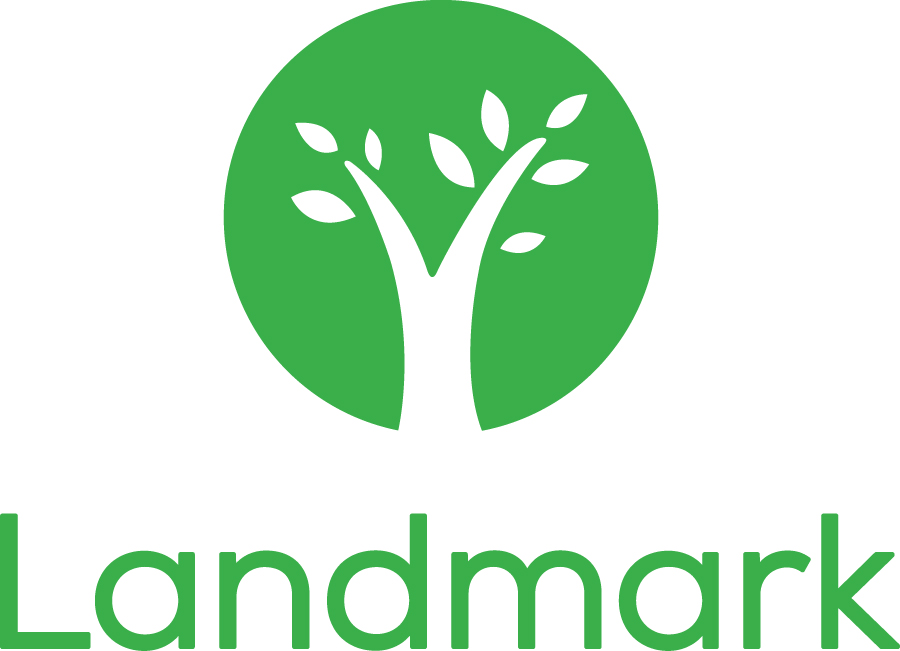
Blog post
Prioritizing Mental Health as a Universal Human Right
By: Neltada Charlemagne, DNP, APRN, PMHNP-BC, PHN, BHC
Health screening is important for everyone. If you have diabetes, there are typically some additional screening tests that you should have. Among the additional recommended tests are those for diabetic retinopathy and hemoglobin A1c.
Screening for diabetic retinopathy
Did you know that more than 2 in 5 Americans with diabetes have some stage of diabetic retinopathy? Early detection and treatment of diabetic retinopathy can help prevent blindness.
The high blood sugar associated with diabetes can cause damage to blood vessels in the eye. New blood vessels can form in the retina (neovascularization) where they don’t belong—impairing eyesight or leading to blindness. High blood sugar can also cause swelling in the part of the eye important for vision in the central visual field (straight in front). This is called macular edema—and it can cause blindness. According to the National Eye Institute, diabetic retinopathy is the leading cause of blindness among adults age 20 – 74. Screening for diabetic retinopathy is important, no matter whether you have type 1 or type 2 diabetes.
With diabetic retinopathy, there are often no symptoms in the early, more reversible phases. In later phases, symptoms may come and go, but can include blurry vision, floating spots in vision, and blindness.
The good news is, the risk of severe vision loss can be significantly reduced with early detection, treatment, and follow-up care. Because of this, it’s important for diabetic patients to have their eyes examined annually for diabetic retinopathy. In this simple and painless exam, a doctor examines the retina using an ophthalmoscope while your eyes are dilated. By detecting retinopathy early, the condition can be treated and/or further deterioration can be minimized through stricter control of blood sugar levels.
If you are diabetic, talk to your provider about getting regular screening for diabetic retinopathy.

Hemoglobin A1C (HbA1c) test
The hemoglobin A1C test is recommended for people with diabetes and prediabetes. This test measures your average blood sugar for the prior three months. The hemoglobin A1C test can be done in your doctor’s office or in a lab, and uses a blood sample from a finger prick or from your arm. No special preparation is required of you.
The hemoglobin A1C test is primarily used to determine whether your medicine needs to be adjusted to keep your blood sugar levels within a healthy range. This test can also be used to diagnose diabetes in those at risk of developing the condition. For patients with diabetes, the target A1C level is generally less than 7%, but it can vary by individual. Talk to your doctor about what hemoglobin A1C goal is appropriate for you.
The hemoglobin A1C test is recommended for those with diabetes or prediabetes, and for adults over age 45 as a baseline. If you are overweight and have or more risk factors, your doctor may recommend this screening exam even if you don’t have diabetes.
Based on the results of this test, you may need to adjust your diet, exercise routine, and/or medicines you take. Higher A1C levels can indicate a higher risk of complications with your diabetes. Your doctor may give you this test at least twice a year (as often as every three months) to ensure your blood sugar is under control.
Stay current with your testing.
To make sure that you’re having all the screening required for those with diabetes, talk to your provider and make sure to follow their recommended testing schedule. If you are a Landmark patient, your Landmark provider can assist with ensuring you get these tests as required.
References:
https://www.webmd.com/diabetes/retinopathy-causes-treatments#1
https://www.webmd.com/diabetes/guide/glycated-hemoglobin-test-hba1c
https://www.eyenuk.com/en/articles/diabetic-retinopathy/diabetic-retinopathy-and-screening/
https://www.nei.nih.gov/learn-about-eye-health/eye-conditions-and-diseases/diabetic-retinopathy
https://www.cdc.gov/diabetes/managing/managing-blood-sugar/a1c.html

By: Neltada Charlemagne, DNP, APRN, PMHNP-BC, PHN, BHC

Older adults can safeguard themselves from the physical, mental and emotional toll of unexpected medical costs.

Optum Care Network – Monarch has teamed up with Landmark to deliver in-home medical care to members with multiple chronic conditions.